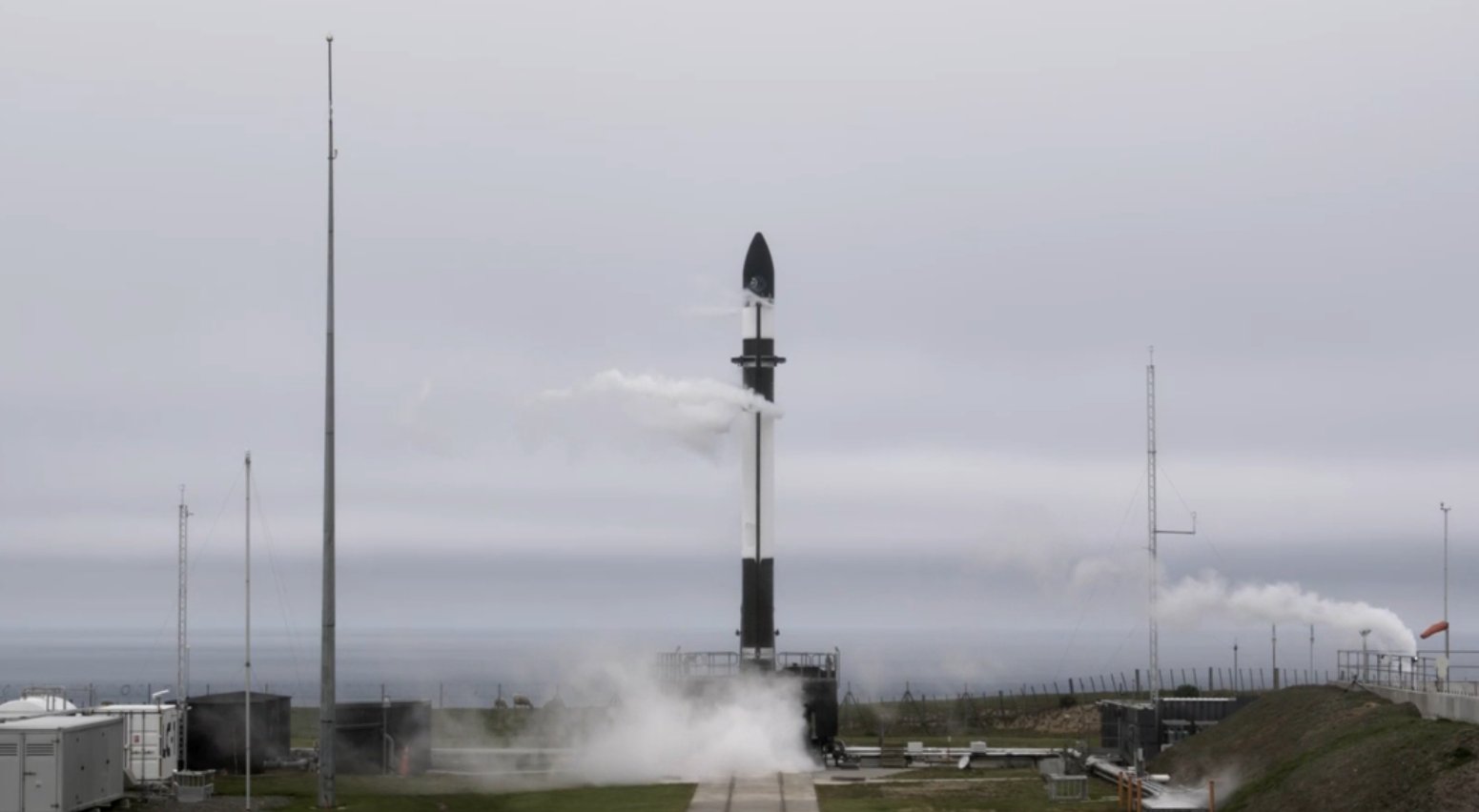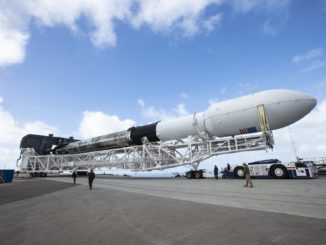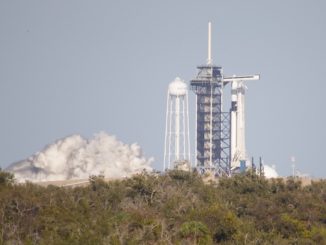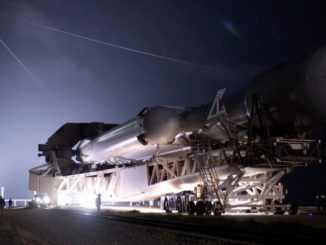
Rocket Lab canceled a launch attempt Wednesday in New Zealand to evaluate unexpected sensor data, postponing a mission that will deliver 10 small commercial Earth-imaging satellites to orbit.
The California-based rocket company was planning to launch the mission during a window Wednesday opening at 5:14 p.m. EDT (2114 GMT), or 10:14 a.m. local time Thursday at the Electron rocket’s launch base in New Zealand.
The launch team began loading the rocket with kerosene and liquid oxygen propellants, then officials pushed back the launch time to the end of Wednesday’s window. Rocket Lab finally announced that the mission would have to wait for another day to take off.
We’re standing down from today’s attempt. Some sensors are returning data that we want to look into further. We have back up opportunities until Nov 3. Stay tuned for updates on new launch date! #InFocus pic.twitter.com/ThqsMzsJcs
— Rocket Lab (@RocketLab) October 21, 2020
Peter Beck, Rocket Lab’s founder and CEO, tweeted the the company scrubbed the launch attempt Wednesday “just to be safe.”
When the mission does blast off, the nearly 60-foot-tall (18-meter) Electron rocket will arc toward the south from Rocket Lab’s privately-owned spaceport on Mahia Peninsula on the east coast of New Zealand’s North Island.
The Electron rocket’s upper stage will deploy 10 small satellites into a 310-mile-high (500-kilometer) polar orbit. The mission will be the 15th launch of a Rocket Lab Electron booster since May 2017.
The largest spacecraft on the mission is CE-SAT-2B, an Earth observation satellite for Canon Electronics of Japan.
The 78-pound (35.5-kilogram) microsatellite is sitting on top of the rocket. CE-SAT-2B is Canon’s third microsatellite to launch, following an experimental spacecraft that launched in 2017 on an Indian PSLV rocket and a follow-on satellite that launched in July on a previous Rocket Lab mission.
The CE-SAT 1B satellite that launched in July was destroyed when Rocket Lab’s Electron rocket failed before reaching orbit.
According to Canon, CE-SAT-2B carries three types of cameras to be demonstrated in orbit.
“With the newly developed super high sensitivity camera, CE-SAT-2B is capable of observing the Earth during night time,” Canon said in a press release. “The satellite is equipped with three types of cameras including Canon’s mirrorless camera and compact digital camera.
“CE-SAT-2B will go through a two-year demonstration experiment for forthcoming production of cassegrain reflectors as series,” Canon said.
Spaceflight, a Seattle-based launch broker, arranged for the launch of CE-SAT-2B with Rocket Lab.
Nine SuperDove Earth-imaging satellites — each about the size of a large shoebox — are also stowed inside Maxwell deployers on top of the Electron rocket. The SuperDove payloads, built and owned by Planet, will replace five similar satellites — collectively known as “Flock 4e”– that were also lost on Rocket Lab’s failed mission in July.
Email the author.
Follow Stephen Clark on Twitter: @StephenClark1.



